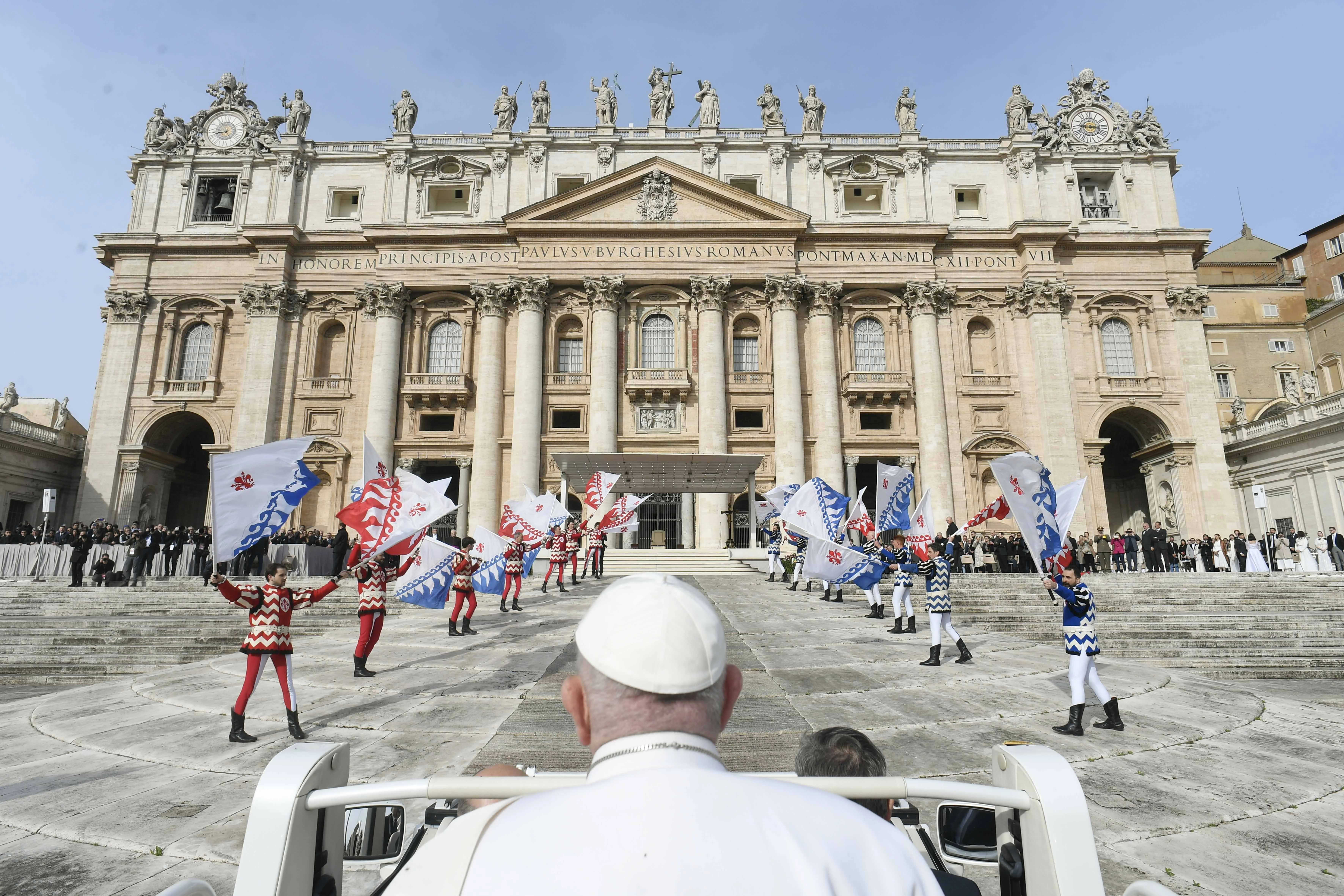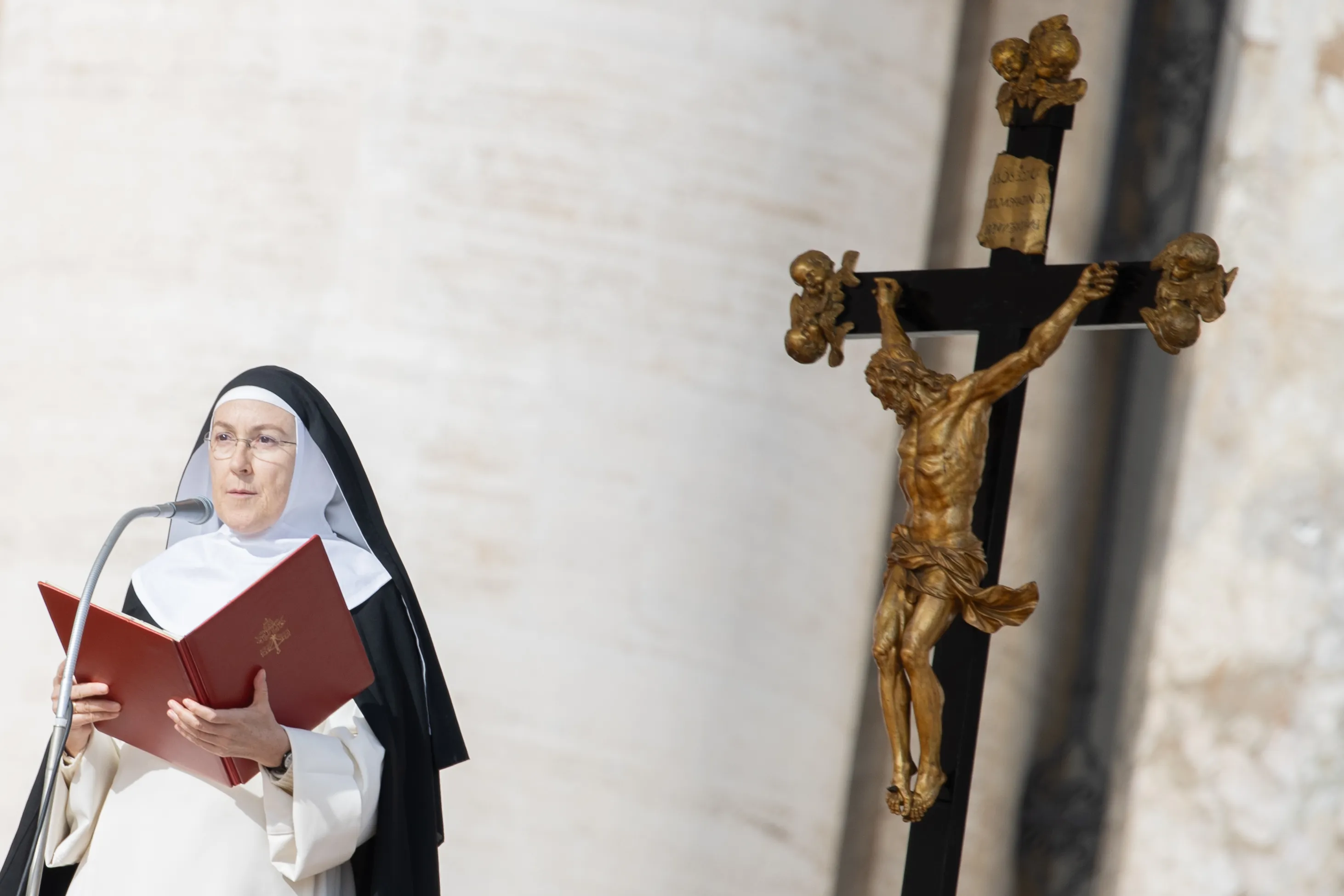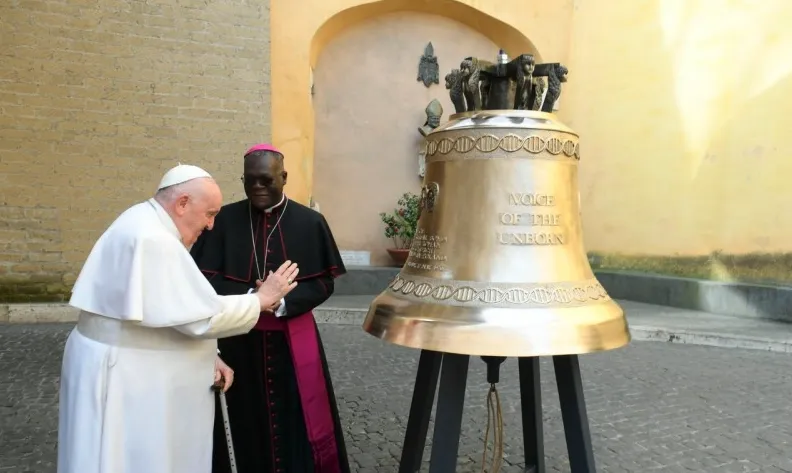
Rhonda Franklin Ortiz, in her illuminating CWR essay “Popular fiction and the Catholic Literary Renaissance” (April 25, 2021), describes how well-crafted popular/genre fiction can be a worthy endeavor for Catholic authors and worthy reads for readers. But she also speaks about “the closing of the secular market to positive portrayals of faith” and “the fear of creating a Catholic (art) ghetto”.
Is there anything practical to be done about these concerns, or must Catholic writers, and, for that matter, all Catholic artists—poets, playwrights, composers, visual artists, graphic novelists, screenwriters, etc.—accept the lack of access to a modern society that has been steadily tacking pagan-ward? Should Catholic artists be satisfied with a circle of Catholic art lovers?
How can Catholics engage, via the arts, in evangelizing, or pre-evangelizing, a secular culture that is increasingly closed to “positive portrayals of faith”? Starting with the understanding that today’s Catholic art encompasses 1) art that is explicitly/clearly Catholic; 2) art that isn’t explicitly Catholic but is values-rich and/or beauty-rich and can be appreciated by most people of faith; and 3) art proceeding from a Catholic sensibility that can be edgy, gritty, and, sometimes, morally ambiguous.
Many in modern society are suspicious, if not dismissive, of art that is explicitly Christian or values-rich because their formation, habits, experiences, and circle of comrades have dulled their receptivity to beauty and truth. So, too, most modern “gatekeepers” are vigilant to turn away anything that hints of deeper meaning while these same gatekeepers champion those who depict Christianity and Christians in a negative or deprecating light.
Gritty, edgy, eye-popping art that proceeds from a Catholic sensibility can be likened to sending a Trojan horse into modern culture, in a positive sense of liberating rather than conquering. Not proselytizing stories, or any kind of proselytizing art. Rather, art with invisible roots in beauty and truth within messy stories, poetry, theater productions, or whatever art form that speaks to modern culture where it is here and now. Art that offers a vision of a world and humanity that isn’t nihilistic, materialistic, self-gratifying, divisive, God-less. Or, alternatively, art that depicts the consequences and brokenness that proceed from such world-views and behaviors.
“Going dark,” noted Ortiz, “is not the only way to go deep,” but going deep in a way that will appeal to today’s culture requires art of a particular kind. Across history, art has transformed societies and cultures. When the Church cedes the field of art to the world, it cedes imagination, and when it cedes imagination, faith is a casualty.
So how can such a mission succeed in a world where belief is waning and ideologies—right and left and atheistic—are waxing? First and foremost, by recalling what God said to Catherine of Siena: “I am who am, and you are she who is not.” Radical trust is hard for many of us but Catholic artists must start here.
Dare I say it, the Catholic Church is a lion that’s more often yawning rather than roaring. How might a roaring lion reach this bleached culture?
- By identifying art with potential to speak to the un-evangelized or poorly evangelized without turning them off. Including art that may be controversial. And by accepting that some Catholics may be put off by such art. Not every Catholic in Dante’s era appreciated his art either.
- By explaining to serious Catholics in the pews, Catholic organizations, institutes, dioceses, universities, how art can evangelize modern culture, and why such art is worthy of attention and support. A few dioceses are doing this today but far too few.
- By devising strategies to bypass the gatekeepers. As were the Watchers at the Gate of Cirith Ungol in The Lord of The Rings, today’s gatekeepers may be vigilant but they are not omnipotent. Talented Catholics can lead us past such watchful eyes. A recent example is John Krasinski’s 2018 mainstream film, A Quiet Place, a suspense/horror movie that offers a beauty-rich depiction of a family; the value of human life, including unborn life; and heroic self-sacrifice.
- By developing promotional campaigns that speak to modern culture. There are talented Catholics who can do this. If the target audience includes the unevangelized, this may involve avoiding tags such as “Christian” or “faith” because many in the target audience will automatically screen out such art.
- By securing the funding to get the message past gatekeepers to those outside the Catholic “ghetto”. For instance, a Catholic publisher employing normal business practices to prepare a book for publication might seek outside funding and the promotional expertise to bypass gatekeepers for books that could appeal to mainstream readers.
How might such artistic projects be funded? Not by a “Catholic Endowment for the Arts”; rather, by something nimble like a modern Special Purpose Acquisition Company (SPAC). But instead of raising money to buy companies, this entity would entertain requests for funding to bypass gatekeepers for art that has the potential to appeal to, and evangelize, the secular culture. With the requirement that if an artistic project exceeds a threshold of commercial success, some of the proceeds go back into a “Catholic Arts SPAC”. This isn’t an answer so much as an idea, of how we would have to adopt new tactics to make an impact.
Not one of these tactics come naturally to us today. Instead, we are inclined to practice conventional evangelization—a very good thing. Or go with the flow, or try to retreat from the world, which are not good things. Isn’t engagement a better approach than passively observing and bemoaning the deterioration of modern culture?
To paraphrase G. K. Chesterton: Evangelization via the arts has not been tried and found wanting. As for the excuse that Catholic artists would find it hard to compete talent-wise with secular artists, have you watched TV or modern films lately, or read mainstream books, or viewed modern art, or listened to modern music?
Identifying talented Catholic artists who can “speak” to modern society is not the hard part. Why not marshal our talents and resources and go boldly into the modern Colosseum?
If you value the news and views Catholic World Report provides, please consider donating to support our efforts. Your contribution will help us continue to make CWR available to all readers worldwide for free, without a subscription. Thank you for your generosity!
Click here for more information on donating to CWR. Click here to sign up for our newsletter.












Very well said: ” When the Church cedes the field of art to the world, it cedes imagination, and when it cedes imagination, faith is a casualty.”
To reinforce Doran’s message, a very good read is Fr. Andrew Greeley’s “The Catholic Imagination” (2001): https://www.amazon.com/Catholic-Imagination-Andrew-Greeley/dp/0520232046
Light knows light, but dark does not. The extramural dialogue between art sensitive pagan and religious persons is undeniably mediated by grace. Secular media journalists very often don’t understand the pope, for example. If they do, it is because they have the grace to understand him. Grace alone makes all truth known. If you don’t have grace, you are already on the outside, everything is a parable waiting for key. We should use the media of heart and personal artistic inclination to construct an allegory of grace. Tell the story of grace! There are three……. begin! Voila: evangelization
When it comes to modern Catholic art, it is UGLY! In this article St. Catherine of Sienna is quoted, I would like to add another quote of St. Catherine of Sienna. God spoke to her concerning art in the Church and the failure of priests with it, God said, “The priest is called to richly ornate my house. But instead, priests humble my house while they lavishly adorn their own dwelling places”. If that was true some 800 years ago, it is even more true today. It’s sad that Vatican ll for the furnishing of a Church called for, “Noble Simplicity”. No one even knows what Vatican ll meant by Noble Simplicity. Vatican ll opened the doors for Ugly Churches and for the banning of beautiful ornate houses of God. Modernists took it to mean the plundering of the artistic beauty of a Church. All in the name of the all-powerful Great Vatican ll. And the Modernist heretics are the semi-official ambassadors of the Council.
Personally, I’ve spent the past twenty years writing screenplays, long-form scripts, and novels. I have not gotten anywhere yet in works that are ontologically Catholic (but rarely explicitly so). Maybe people will not read my works until after I’m gone, or maybe I’m just second rate. I’ll keep creating though, because I’m a writer.